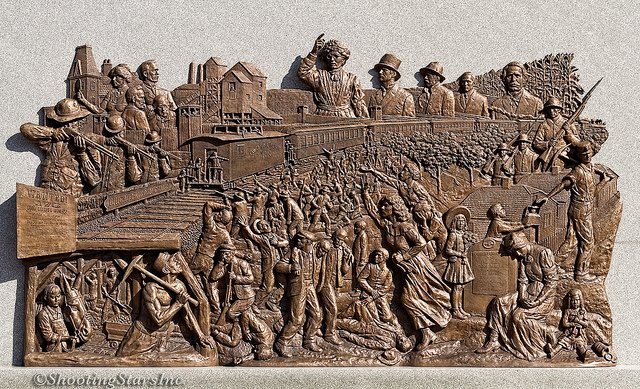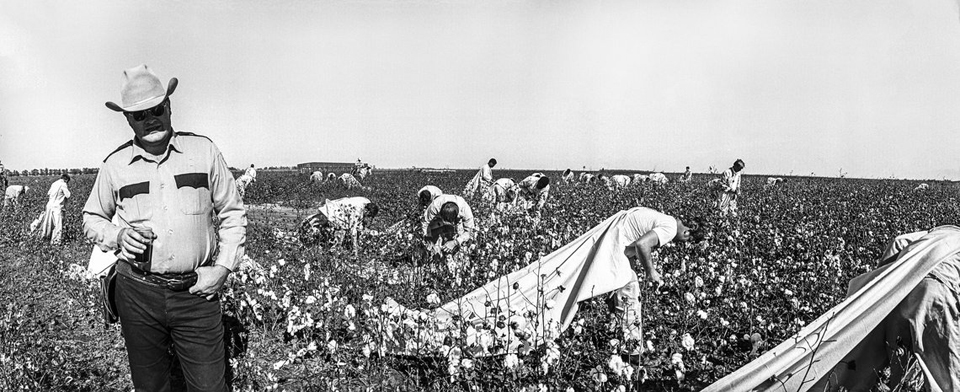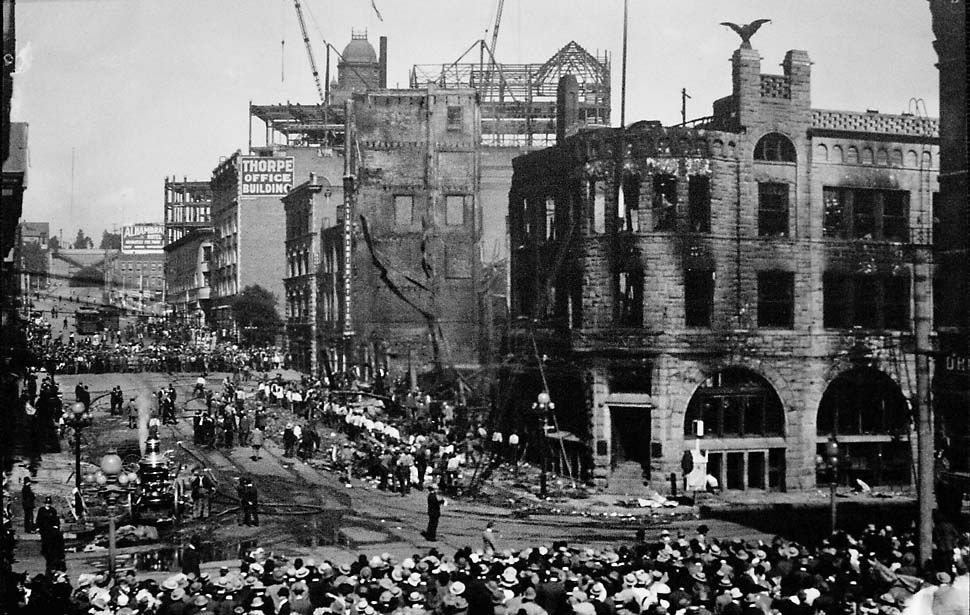
This Day in Labor History: October 15, 1914. President Wilson signs the Clayton Act, providing protections for unions from courts issuing injunctions against them. Yet this groundbreaking legislation would prove only moderately successful. Let's talk about why! 

The Sherman Anti-Trust Act passed in 1890 and was intended to limit the monopolies that dominated the Gilded Age. But these laws required enforcement.
Not so different from today, when unions are subjected to First Amendment challenges and restrictions that no other institution in the United States have to deal with, the courts decided to find ways to use the Sherman Act to attack unions while ignoring it for corporations.
Courts, including the Supreme Court, would apply the Sherman Act to unions to say their strikes were unlawful. Specifically, they used the Sherman Act to issue injunctions against their strikes, calling them unlawful restraints on trade.
This was devastating for unions, destroying their ability to strike because they could not afford the fines that an injunction created. Much like today, right-wing courts simply gamed the system against organized labor to protect their capitalist friends.
By the 1910s, it became a major goal of the American Federation of Labor to create a new law that would protect labor from these rulings. When Woodrow Wilson took office, it had its chance. Wilson is not fondly remembered today, and for good reason.
Not only was there the grotesque racism that expanded Jim Crow into the federal government, but his late presidency was noted for the Red Scare and crackdown on radicals, especially the Industrial Workers of the World and anarchist groups, which extended into the early 1920s.
This is all true and Wilson’s reputation is well-deserved. But even taking this into consideration, Wilson was the most pro-union president in American history before Franklin Roosevelt.
Conservative trade unionism, yes, but this is still a significantly better record than every other president, including that self-promoting fraud Theodore Roosevelt.
In 1912, President Taft created the U.S. Commission on Industrial Relations after the bombing of the Los Angeles Times building and other violent incidents made Americans think, “Maybe we should figure out why workers are bombing newspaper offices and assassinating presidents!”
But it wouldn’t have had much power under Taft.
When Wilson took over, he named Taft to the Commission but also named the Kansas City lawyer Frank Walsh to lead it and Walsh vigorously exposed the awful conditions workers dealt with. Wilson also signed the Seamen’s Act that helped create a global race to the top for sailors.
Wilson was also open to fixing the abuses of the Sherman Act. By the 1910s, at the height of the Progressive Era, there was a pretty wide-reaching belief that anti-trust reform was necessary. Wilson was a bit hesitant to go too far.
He wanted to moderate injunction procedures and provide a soft statement that this shouldn’t apply to unions. For labor, this was not enough
AFL head Samuel Gompers and other labor leaders threatened to campaign against Democrats in the 1914 midterm elections if this wasn’t a stronger bill. Wilson caved in the face of this pressure.
Section 6 of the Clayton Act protects workers from injunctions by saying, “the labor of a human being is not a commodity or article of commerce.” Courts were explicitly barred from issuing injunctions against peaceful strikes. Unions were also exempted from antitrust law.
The Clayton Act passed by wide margins, 277-54 in the House and 46-16 in the Senate.
It also expanded upon the Sherman Act, creating specific restrictions on corporate behavior, such as companies buying stock each other, while detailing issues such as price restrictions, regulating corporate mergers, and banning one person from heading multiple corporations.
Gompers called the Clayton Act “labor’s Magna Carta.” But people noted weaknesses in the law at the time. For one, the language of the bill made critics realize that courts probably could still issue injunctions, for what did a “peaceful” or “lawful” strike mean?
International Seamen’s Union president Andrew Furuseth dismissed the Clayton Act entirely, saying courts would still issue injunctions.
Still, although correlation is definitely not causation here, between 1914 and 1920, the American labor movement doubled from 2.5 million to 5 million members.
The biggest reason for this was the Wilson administration bringing unions into World War I national planning, but the Clayton Act certainly did not hurt. It also started moving the AFL off of its anti-politics stance that had existed from its beginning in 1886.
The Clayton Act, the Seaman’s Act, the Adamson Act (which provided the 8-hour day for railroad workers, although the Supreme Court ruled it unconstitutional a year later, in 1917), etc., made a huge difference.
All that plus the welcoming of the AFL into wartime planning, Gompers was genuinely impressed and he realized that maybe politics was a good move for the labor movement.
But because the Clayton Act did not guarantee collective bargaining rights, unions were still vulnerable from hostile courts. And the new round of conservatism in the 1920s saw the injunction again frequently used against unions.
When the railroad workers went on strike in 1922, the injunction returned with a force, with a sweeping injunction that basically destroyed the strike in one fell swoop.
This followed Chief Justice William Howard Taft’s 1921 opinion that upheld an injunction against a picket line that seemed intimidating. Again, the vague wording of the Clayton Act did not provide any real value for unions.
It was not a useful tool against a newly hostile state and the 1920s saw the rolling back of all the gains organized labor made in the 1910s, reiterating the AFL’s position that politics were useless because workers could never trust the state.
It would take much stronger laws to protect workers from having their unions destroyed by corporations and the government, laws that today have been significantly diminished.
Back tomorrow to discuss John Brown's raid on Harpers' Ferry
• • •
Missing some Tweet in this thread? You can try to
force a refresh








